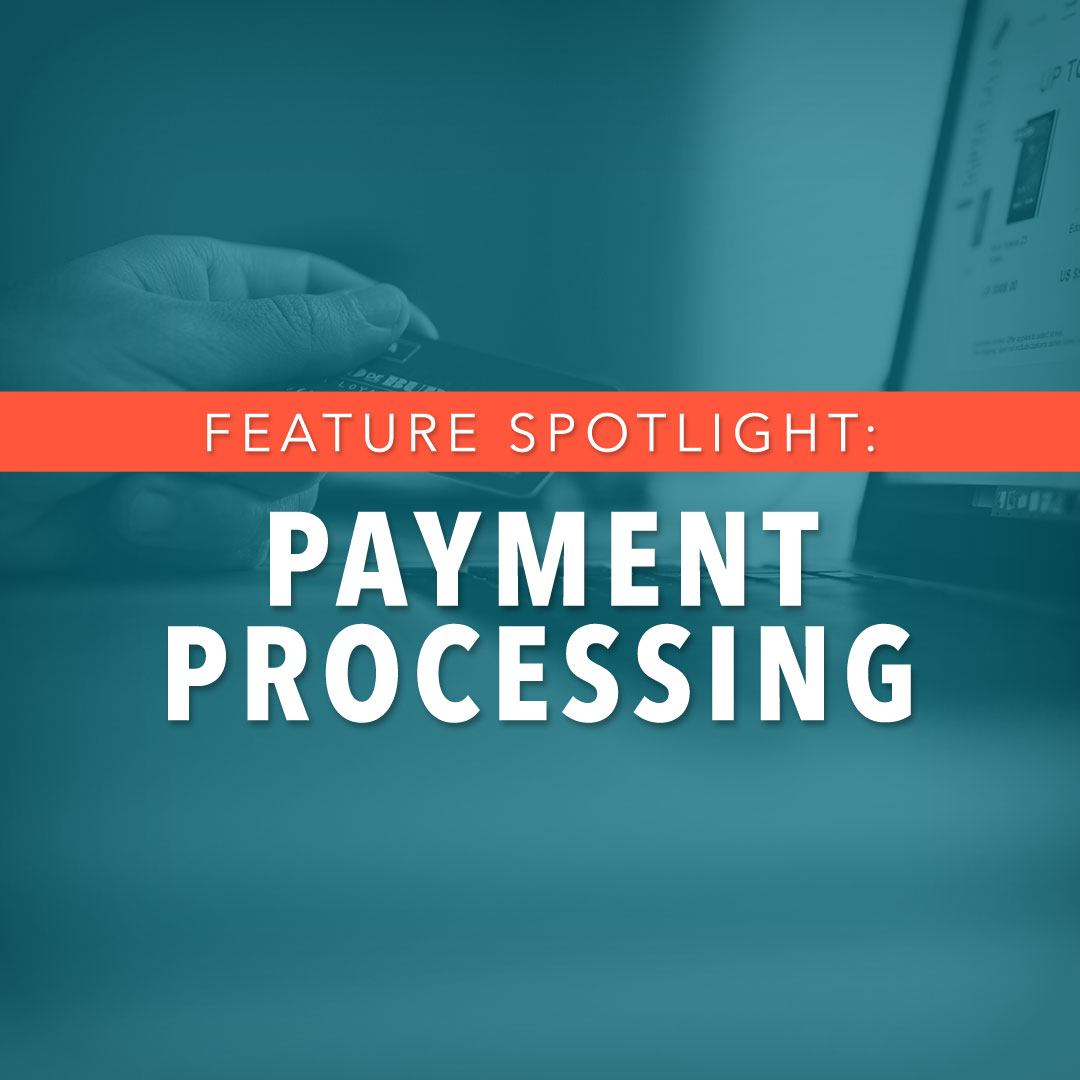Most nonprofits have amazing stories to tell, but many fail to do so effectively — or to do so at all.
It’s not enough to simply broadcast your need or request to your followers. An effective donor development effort is — at its core — an effective storytelling campaign. Stories create emotional connections with readers and viewers. Emotions compel people to act, especially when it comes to giving their time, money, and resources to a cause. Telling engaging stories is imperative if you want to grow your pool of donors.
It’s time to fine-tune your storytelling. Here’s how to tell better stories as an organization:
- Identify the stories. An important first step is to brainstorm with your team the very best stories that your organization sees everyday. If you’ve not been storytelling, you may need to sit down with key members of your organization and make a list on a whiteboard to begin to spark the habit of identifying stories. Once you have identified stories, create a digital file that members can add to on a regular basis. Depending on the size of your organization, you may want to identify each story with a topic, so that people can find it more readily (i.e., “school supplies,” “clean water,” “medical care,” etc.).
- Give each appeal a story. Each appeal you publish should have a story attached, even if it’s just a few lines. This holds true for appeals online or in print. It’s not enough to say, “Give money today.” You have to attach meaning and emotion to the call to action and make sure readers and viewers know what that donation does and whom it will help.
- Focus on the person, not your organization. Whether you’re telling the story of a person impacted by your nonprofit’s work, a volunteer, a donor or someone else, the story should always be about the person, not directly about your organization. In the story, your nonprofit is just the vehicle to deliver the impact and is not the focus.
- Use story structure. For storytelling to be effective, it must take the reader from point A to point B, having a compelling and logical flow. Follow basic story structure (exposition, rising action, climax, falling action, resolution) to ensure your story is easy to understand and engaging.
- Show the impact. Give some sort of end result or positive change. Even if the journey is still ongoing, the story should show some sort of resolution or impact.
- Choose your words carefully. Use strong action verbs that convey energy.
Sharing important stories in your donor development appeals is an effective way to best engage your audience. If your latest campaigns have fallen flat, take a look at how you’re using storytelling. Give your donor development efforts new life by sharpening your storytelling skills and watch your database grow.


-1.jpg)







